To all our MTG Friends who have generously donated to the Hawke’s Bay Museum Trust Collection, we would like to say a huge thank you. Current Friend’s donations have allowed the recent acquisition of three pieces to add to the collection. These were selected as works important to highlight and expand on the stories of artists, art movements and designers already held within the collection, with significance to the Hawke’s Bay region, New Zealand and beyond.
Thomas McCormack OBE is one such artist. Renowned for his skill and application of watercolour, he is considered one of New Zealand’s most important twentieth century painters. Artist Roland Hipkins (1894 – 1951) noted that ‘His efforts…have a remarkable freshness, breadth and simplicity, with spontaneous brush work and a rare quality of colour’ Art in New Zealand 1936 (1)
Born in Napier in 1883, McCormack was largely self-taught and excelled at drawing from an early age. A severe illness at the age of 17 left him unable for many years to partake in his other passion, sports and it was around this time his focus turned solely to painting, consequently cementing his lifelong path as an artist. 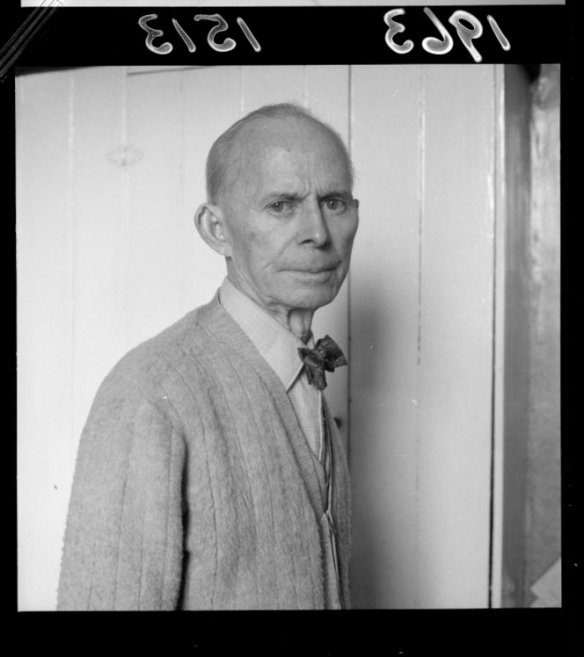 Thomas Arthur McCormack in his studio, taken 3 May 1963 [2]
Thomas Arthur McCormack in his studio, taken 3 May 1963 [2]
McCormack moved to Wellington in 1921 where he lived and worked for much of his life. In his own words:
‘An artist develops from his surroundings – the sea, rivers, plains, and mountains. His friends and fellow artists, Wellington with its magnificent harbor, its art gallery, exhibitions and artists, a trip to Sydney of about nine months duration; these were factors in my development. A little wine, a sardine or two with their little eyes. A little bread to soften the road and help me on.’ (3)
Untitled, c. 1906, T.A McCormack, b.1883, d.1973 Collection of Hawke’s Bay Museums Trust, Ruawharo Tā-ū-rangi, 2013/35 Purchased with funds from MTG Hawke’s Bay friend’s donations.
The Hawke’s Bay Museum Trust Collection includes many of McCormack’s works. Our recent acquisition being significant in that it is a very early piece, painted when the artist was just 23 years old. The untitled watercolour (c1906) depicts the Ahuriri foreshore, Douglas Lloyd Jenkins – Director MTG Hawke’s Bay notes ‘It is around this time that McCormack arrived at a recognisable, mature style. This work is a key example, in its own way, a big part of the overall story of the artist and the development of his career’.
Another of McCormack’s works ‘Tapestry’ can currently be viewed in our Architecture of the heart exhibition, on display until March 2nd 2014.
Our second purchase, a vase by English ceramic designer Dame Susie Cooper, adds another page in the collections story of a design period close to the heart of this region. Cooper was a prolific English ceramics designer with a career spanning more than seventy years. Beginning with a placement in the early 1920’s as a paintress at Grey & Co Pottery Company in Burslem, England Susie was quickly promoted to lead designer, allowing her the freedom to explore the geometrics and pattern associated with the Art Deco period.
By the late 1920’s Cooper had branched out on her own, forming ‘Susie Cooper Pottery’. Later merging with ‘Wood & Sons’, another local Burslem company who provided her with quality white ware, which she would transform with her vibrant hand painted designs.
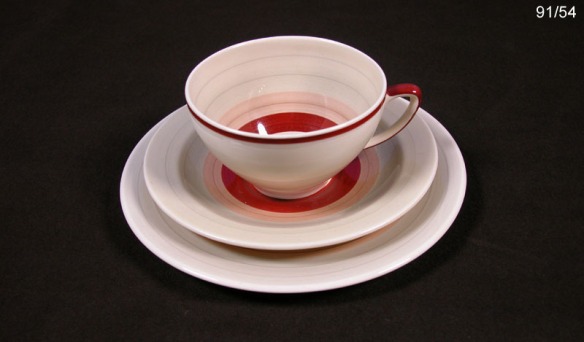 Cup, saucer and side plate, Susie Cooper (OBE) (b.1902, d.1995), Designer, The Susie Cooper Pottery Limited (estab.1930, closed 1966) manufacturer, purchase, collection of Hawke’s Bay Museums Trust, Ruawharo Tā-ū-rangi, 91/54ac
Cup, saucer and side plate, Susie Cooper (OBE) (b.1902, d.1995), Designer, The Susie Cooper Pottery Limited (estab.1930, closed 1966) manufacturer, purchase, collection of Hawke’s Bay Museums Trust, Ruawharo Tā-ū-rangi, 91/54ac
Susie’s company grew, eventually supplying Harrods, Selfridges and Waring & Gillow among others with her wares. In 1940 Cooper was presented with the Royal Society of Arts ‘Designer for Industry Award’, the first woman to ever receive this. Our latest addition of Cooper’s work is a vibrant hand painted, green earthenware vase, featuring a Sgraffito design of deer and foliage, a popular Art Deco motif.
The Hawke’s Bay Museum Trust Collection holds many Susie Cooper production pieces, however this vase is significant in that it is an example of her earlier one-off designs. This piece is currently featured in our decorative arts exhibition in the MTG Annex.
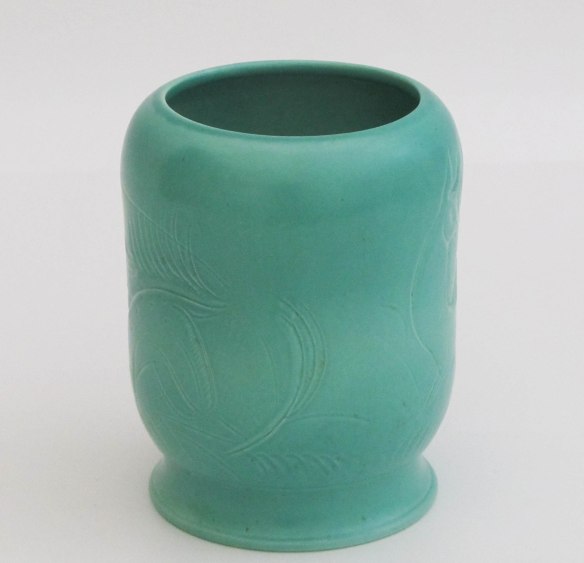 Vase, glazed earthenware, C1930, Dame Susie Cooper b.1902 d.1995 Collection of Hawke’s Bay Museums Trust, Ruawharo Tā-ū-rangi, 2013/39/1 Purchased with funds from MTG Hawke’s Bay friend’s donations.
Vase, glazed earthenware, C1930, Dame Susie Cooper b.1902 d.1995 Collection of Hawke’s Bay Museums Trust, Ruawharo Tā-ū-rangi, 2013/39/1 Purchased with funds from MTG Hawke’s Bay friend’s donations.
Another prolific English designer, Archibald Knox is the maker of our third acquisition. Much like Cooper, Knox mastered the balance of expressing an individual design voice while still remaining accessible to the masses. In 1899, with an impressive variety of talents, Knox began designing for London store Liberty & Co. Wallpaper, jewellery, ornaments, textiles, silverware and clocks were all part of his extensive range.
Archibald Knox, Art Nouveau artist and designer for Liberty & Co., London (1864-1933) Courtesy of Manx National Heritage (4)
The Liberty & Co store specialised in selling fabrics, ornaments and objects from Japan and the far-east, and is attributed with introducing this style to the west. This had a great influence on artists and designers of the time and by the 1890’s founder Arthur Liberty had tapped into the English Arts and Crafts and Art Nouveau design communities.
With Liberty’s encouragement and business behind them, these designers and the Arts and Craft movement flourished. Liberty aimed for “the production of useful and beautiful objects at prices within the reach of all classes.” (5) This was achieved by keeping manufacturing costs low, meaning lower pricing for customers at the register. This was in contrast to other Art Nouveau Pieces at the time which were generally one-off and therefore priced to match.
Liberty & Co Store (undated) [6]
Pewter Vase, c1905. Archibald Knox, Liberty b. 1864 d.1933 Collection of Hawke’s Bay Museums Trust, Ruawharo Tā-ū-rangi, 2013/43 Purchased with funds from MTG Hawke’s Bay friend’s donations.
Our recent addition to the collection is the above Arts and Crafts pewter vase, an interesting example of the Liberty & Co ‘Tudic’ range, blending Celtic with Oriental style c1905. During the period this vase was produced, Liberty & Co products were also sold in Hastings, Georgina White – Curator Social History at MTG explains;
‘From 1908 Hastings businessmen Reginald Gardiner and John A Fraser acted as agents for Liberty and Co, selling fabrics and ‘artistic wares’ first from their offices in the Dominion Buildings on Queen Street and soon after from the Arts and Crafts Depot on Station Street. The Depot showed paintings, metalwork and leatherwork by international and local artists alongside Liberty fabrics. The Depot marked the beginning of Gardiner’s push to generate and promote local arts and crafts in Hawke’s Bay’
Again, we would like to thank everyone who has generously contributed and made the acquisition of these works possible. To become part of the MTG Hawke’s Bay legacy, donate to the Hawke’s Bay Museum Trust or join as a Friend and enjoy the extensive benefits our friends membership offers. We are currently offering our membership package at a reduced rate (membership re-news 1st July 2014) you can find further information on our friend’s package and how to join HERE
Vanessa Arthur
Friends & Volunteers Coordinator
January 2014
[1] Janet Paul. ‘McCormack, Thomas Arthur’, from the Dictionary of New Zealand Biography. Te Ara – the Encyclopedia of New Zealand, updated 13-Nov-2013 URL: http://www.TeAra.govt.nz/en/biographies/4m4/mccormack-thomas-arthur
[2] Thomas Arthur McCormack. Further negatives of the Evening Post newspaper. Ref: EP/1963/1513-F. Alexander Turnbull Library, Wellington, New Zealand. http://natlib.govt.nz/records/22433154
[3] ‘T.A. McCormack’, The New Zealand Academy of fine arts, Catalogue of painting exhibition, December 1971, 2. Collection of the Hawke’s Bay Museum Trust, Ruawharo Tā-ū-rangi W (62341)
[4] Manx National heritage site, archives. http://www.gov.im/mnh/collectionsonline/People/View.mth?entryid=2536156#
[5] The Archibald Knox Society, Liberty & Co. to ‘Liberty Style’ http://www.archibaldknoxsociety.com/page_112141.html
[6] Liberty London, Our heritage. http://www.liberty.co.uk/fcp/content/about-liberty/newsarchive

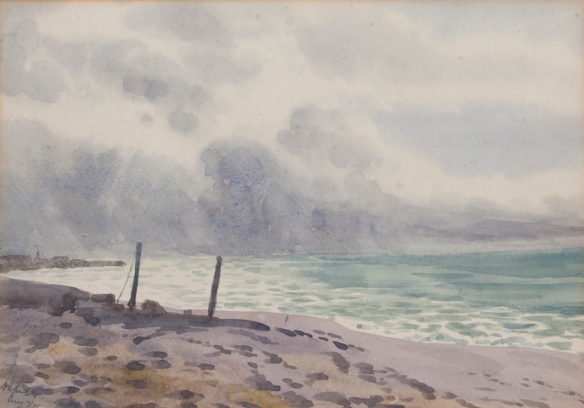
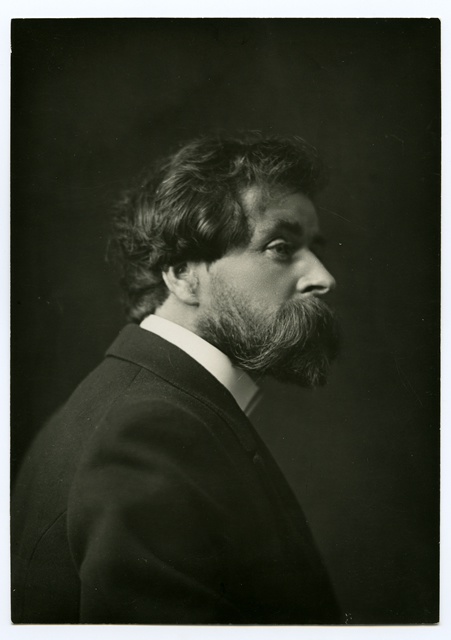
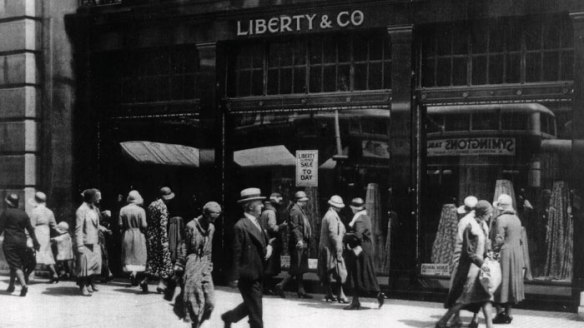
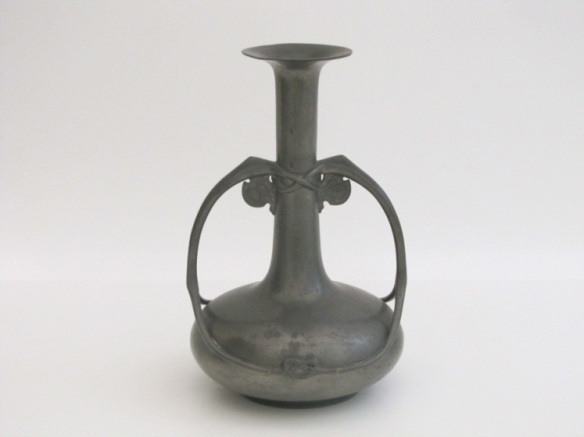
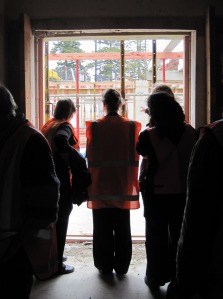
![Letter from Bestall, undated [detail]](https://mtghawkesbay.files.wordpress.com/2012/01/img_3515-copy.jpg?w=380&h=141)
![Founding a Museum by Leo Bestall [detail] undated](https://mtghawkesbay.files.wordpress.com/2012/01/img_3500.jpg?w=584&h=425)


